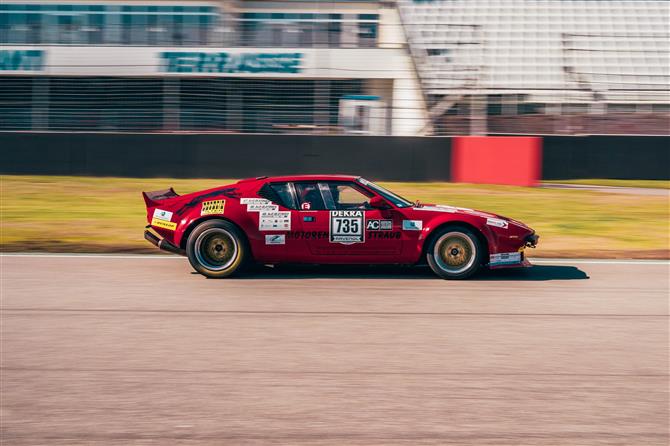
During the pandemic that halted all types of sporting events in March of 2020 and beyond, NASCAR odds were still front and center as they pivoted to virtual racing. Sure races on the computer lacked the smell of burning rubber and the hum of motors going 200 MPH, but at least it was something.
Virtual racing (or iRacing or eRacing) was just the latest example of auto racing giving almost unprecedented access to fans through the use of technology. This is a sport that allows fans to listen in to their favorite driver’s headsets online or with a Sirius/XM subscription, imagine if an NFL team did that with head coaches.
Either way, even though COVID concerns have subsided for the time being, NASCAR is not resting on their laurels as the sport is now integrating a digital transformation as they move to the future. Here is what that means:
Bare Bones Wasn’t That Long Ago
Even in the early 2000s NASCAR teams were still relying on paper, pencils, and notebooks as a way to track and share information. Hendrick Motorsports was the first racing team to go completely wireless at the racetrack and include satellite connectivity at the track – a practice that is now standard in the industry.
Like a lot of other sports, analytics has become its own separate entity in NASCAR races. Starting around 2015, Hendrick engineers started pulling data off the race car itself. This isn’t a flash drive that you download and evaluate back at the office either, the information is sent to a tablet in real time to evaluate performance and implement any fixes.
Obviously there’s still the need for physical prowess from a NASCAR pit team, but auto racing going digital helps pinpoint repairs that are needed either immediately or in the upcoming laps.
Is This Overkill?
We’ve gotten to the point where there is no such thing as too much data, and that stands true in any industry. Sales teams study the practices and clients that are worth spending time in or not. Delivery services map out the most efficient routes, supply chains have ordering down to a last second science, etc. Therefore it makes sense that a multi-million dollar industry like NASCAR – as down to Earth as it sounds just making a bunch of left turns – can absolutely benefit from having as much information as possible at their hands.

The biggest reason that every racing team has implemented analytics is because of performance. It’s a no-brainer, when you win more races you get more money. Speaking of the financials, having an influx of data also helps determine which sponsors are holding up their end of the bargain and which ones are holding the team back. It doesn’t make sense to punish the engine when it’s the tires causing poor performance.
Moving Forward
As with a lot of technologies, it seems like you’ve reached the peak until the next big thing comes along and you say, “oh yeah, that makes sense.” There doesn’t appear to be a lot of directions for NASCAR to go in terms of expanded data collection on the surface – but once again that couldn’t be further from the truth.
The majority of data collection from NASCAR currently comes from the engine, which makes sense. Hendrick Motorsports is once again leading the charge in making analytics available from the front bumper to the rear bumper in an effort to completely fine tune their million dollar steeds.
Monitoring drivers via in-car cameras and through real time biometrics are just a couple of ways that NASCAR crews are using technology to get the most out of their weekends. Ultimately their main goal is synergy between the driver and the car, monitoring every aspect of the car that is controllable aside from weather, track conditions, etc. Oftentimes NASCAR is on the cutting edge of technologies that are adapted shortly thereafter in other sports, and it certainly appears that the days of the pen and paper are long behind us.
